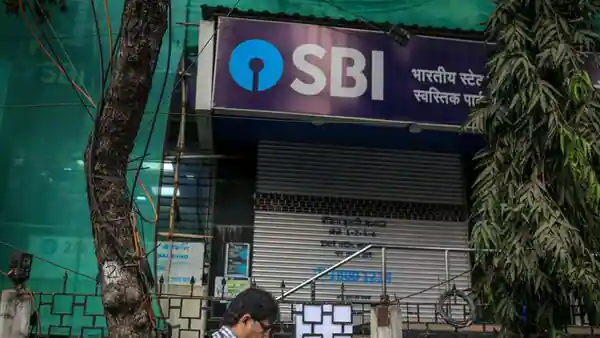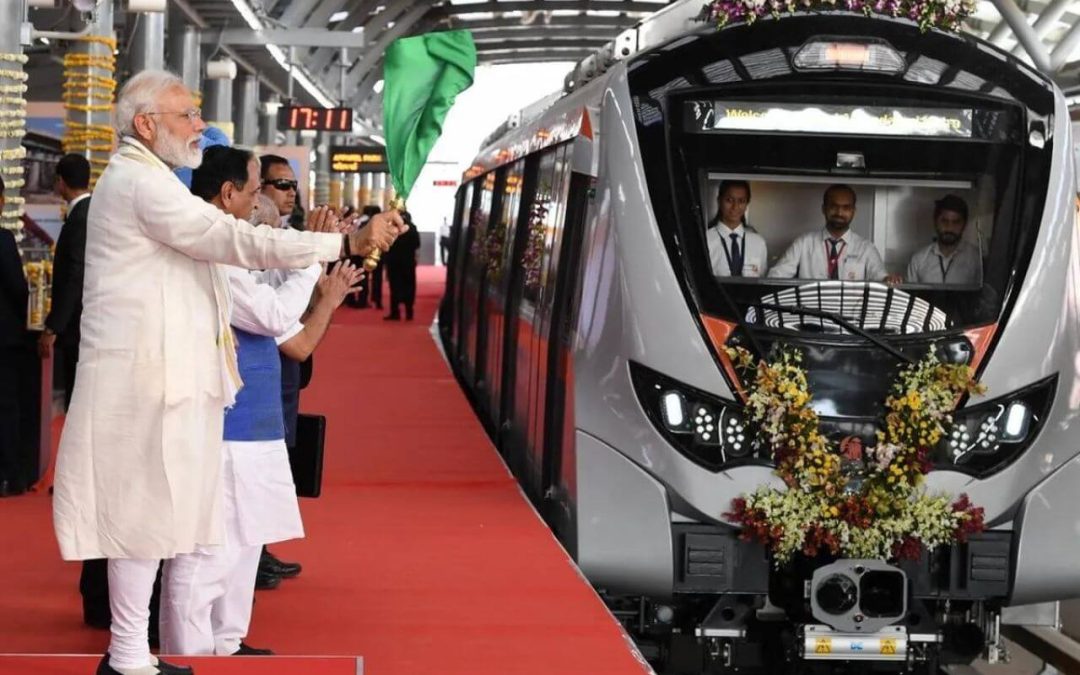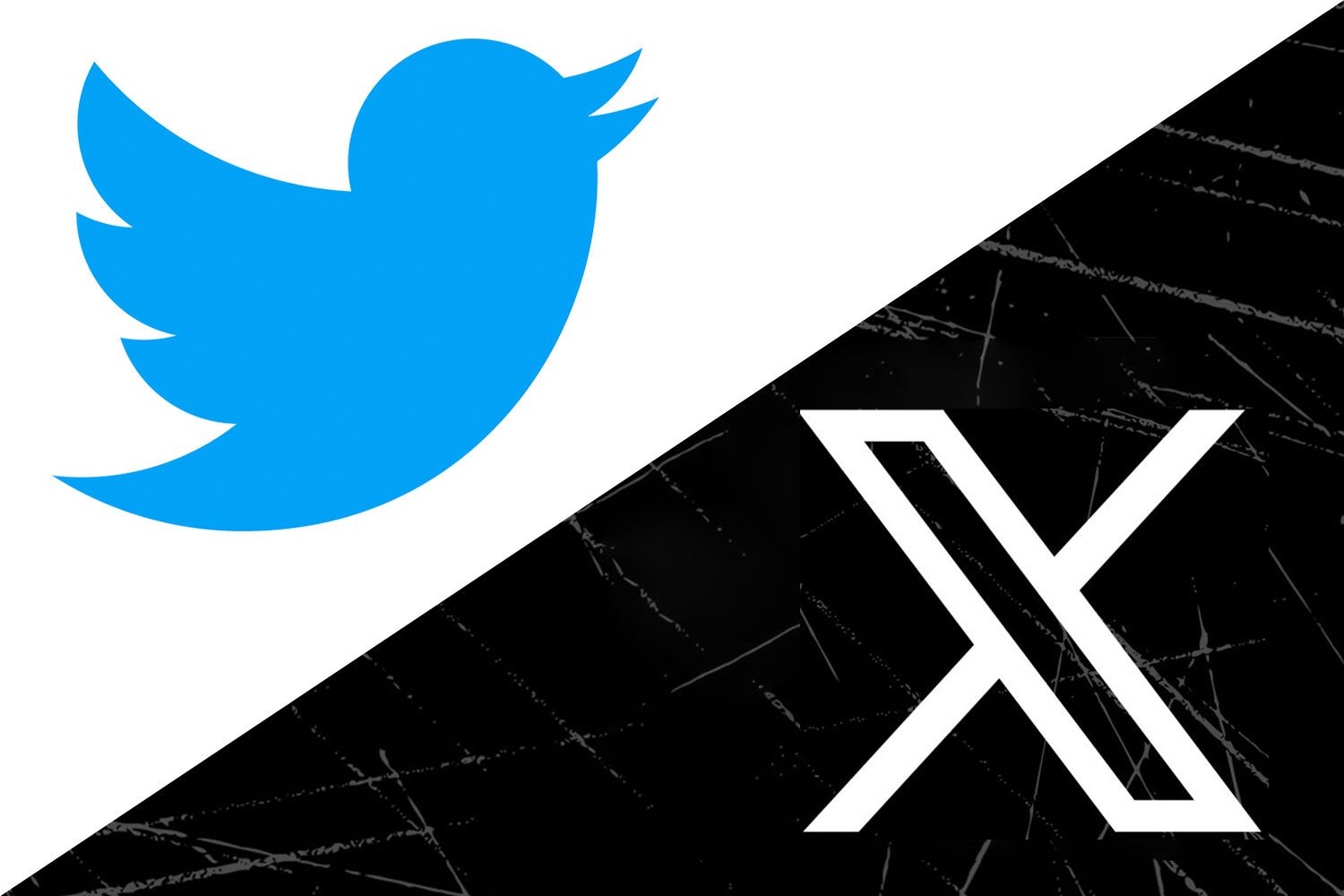The country’s largest lender, State Bank of India (SBI) has hiked the marginal cost of funds-based lending rate (MCLR) by 10 basis points (bps) across tenures, making most consumer loans such as auto or home loans costlier for borrowers.
The new rates are effective from 15 February, according to SBI‘s website.
The overnight MCLR rate has been revised upward by 10 bps to 7.95 per cent from 7.85 per cent, while that of one month tenure has been hiked by 10 bps to 8.10 per cent from 8.00 per cent, the bank said.
The three-month MCLR has been raised to 8.10 per cent from 8.00 per cent in January. Among others, the six-month MCLR stands revised at 8.40 per cent from 8.30 per cent earlier.
For one-year maturity, the bank said the new rate will be increased to 8.50 per cent against 8.40 per cent.
For two-year maturity, MCLR has been hiked to 8.60 per cent from 8.50 per cent while three-year tenure has been raised to 8.70 per cent from 8.60 per cent.
What is MCLR?
The basic minimum rate at which a bank can give consumers loans is known as the marginal cost of funds-based lending rate or MCLR. For the basis of determining the interest rates of different types of loans, the Reserve Bank of India (RBI) has established MCLR back in 2016.
The RBI’s monetary policy committee has raised the repo rate again on 8 February, 2023 in an effort to tame inflation. The central bank has raised the repo rate by 25 bps to 6.50%, according to its most recent statement.
Who will be impacted?
Borrowers’ EMI or Equated Monthly Installments outgo will get expensive for those who take loans against the MCLR.
There is a reset-period for MCLR-based loans, after which the rates get revised for the borrower.
Following the RBI rate hike, several banks including Bank of Baroda, Bank of India, Punjab National Bank have increased their lending rates, which has an effect on their customers’ EMIs.
Source: Mint, dated 15/02/2023




